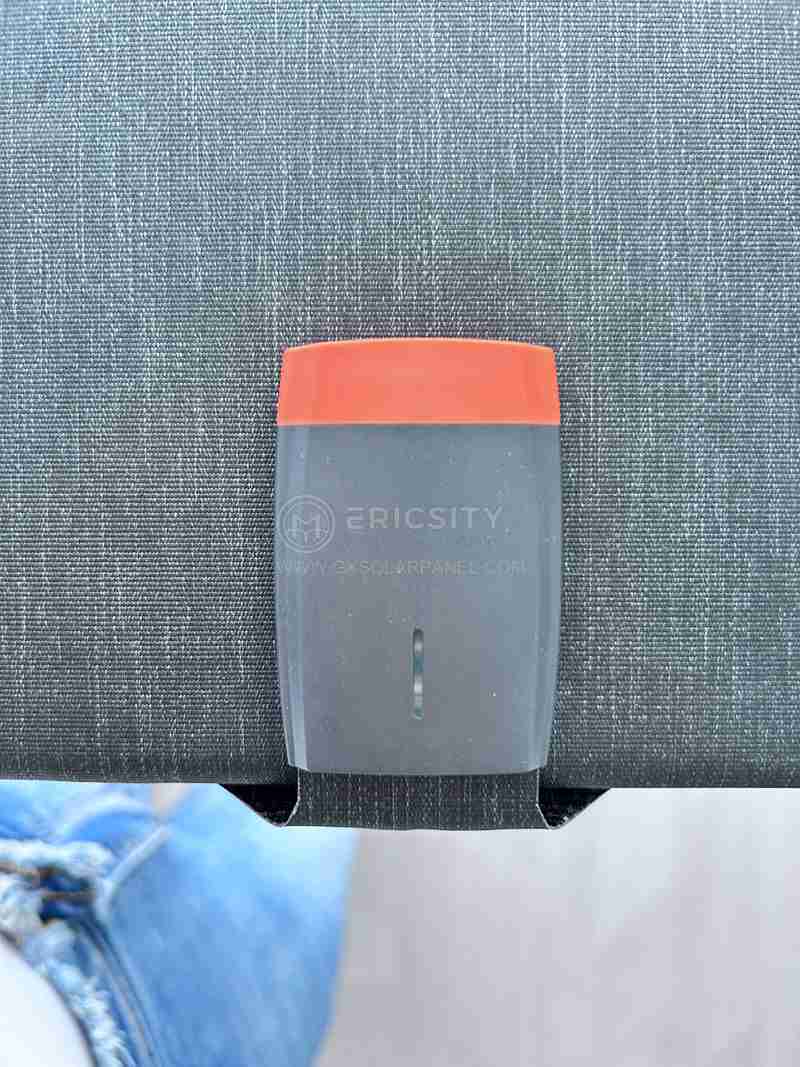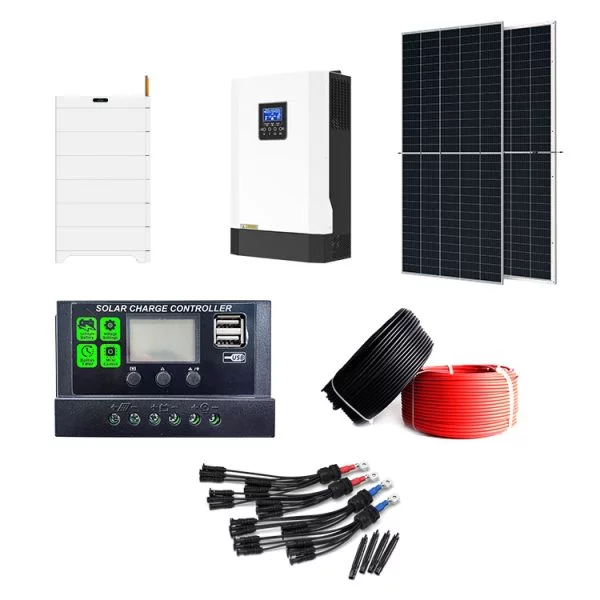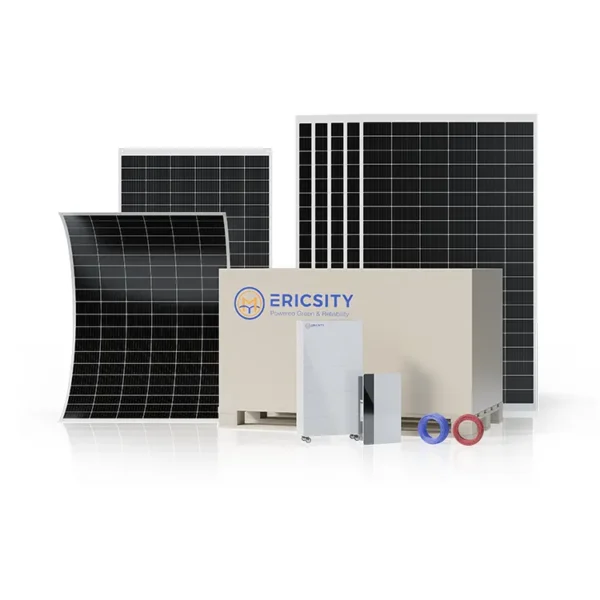HOT PRODUCT
Product Details
140w Flexible Solar Panels Vs. Traditional Panels: A Comparison
140w Flexible Solar Panels Vs. Traditional Panels: A Comparison
Solar energy has emerged as a reliable and sustainable source of power in recent years. As the demand for renewable energy continues to rise, researchers and engineers have been working on developing more efficient and versatile solar panels. Two types of solar panels that have gained significant attention are 140W flexible solar panels and traditional panels. In this article, we will compare these two types based on various factors such as efficiency, installation, durability, and flexibility.
Efficiency:
Efficiency is a crucial factor when it comes to solar panels as it directly impacts the amount of electricity generated. Traditional solar panels typically have higher efficiency compared to flexible panels. The efficiency of traditional panels averages around 18% to 20%, while flexible panels range between 10% and 15%. However, it is essential to note that the technological advancements in flexible panels continue to increase their efficiency year after year.
Installation:
Installing solar panels can be a complex and time-consuming process. Traditional panels require a rigid mounting structure, typically installed on rooftops or ground-mounted systems. The installation process includes drilling holes and securely fastening the panels. On the other hand, flexible solar panels are lightweight and can be installed on various surfaces, including curved surfaces like vehicles, boats, or mobile homes. The flexibility allows for easier and faster installation, making it a cost-effective option for certain applications.



Durability:
Durability is crucial for solar panels, especially those exposed to the elements for an extended period. Traditional solar panels are made with tempered glass and aluminum frames, providing excellent protection against weather conditions and potential damage. Flexible solar panels, alternatively, are made of lightweight and flexible materials such as polymer materials. Although they are designed to withstand some impact, they may be more prone to scratching or damage compared to traditional panels.

Flexibility:
As the name suggests, flexibility is a unique advantage offered by flexible solar panels. Traditional panels are rigid and inflexible, limiting their applications to flat surfaces. Flexible panels, on the other hand, can be easily bent or curved, making them suitable for installation on various irregular surfaces. This flexibility opens up new possibilities for integrating solar power into everyday objects such as backpacks, tents, or electronic devices. However, it is important to consider the tradeoff between flexibility and efficiency, as more flexible panels may have lower efficiency levels.
Cost:
Cost is a significant consideration for any solar panel installation. Traditional solar panels tend to have a lower upfront cost compared to flexible panels. This is mainly due to the mass production and mature manufacturing processes associated with traditional panel technologies. However, it is crucial to consider the overall cost-benefit analysis over the lifespan of the system. Flexible panels may be a better option for specific applications where installation costs or aesthetics are a significant concern.
In conclusion, the choice between 140W flexible solar panels and traditional panels depends on various factors such as specific requirements, available space, and budget. While traditional panels offer higher efficiency and better durability, flexible panels provide versatility and easier installation on irregular surfaces. It is essential to carefully evaluate these factors before making a decision. Ultimately, both technologies contribute to the overall growth and adoption of solar energy, providing us with a cleaner and more sustainable future.
(Word count: 500)




